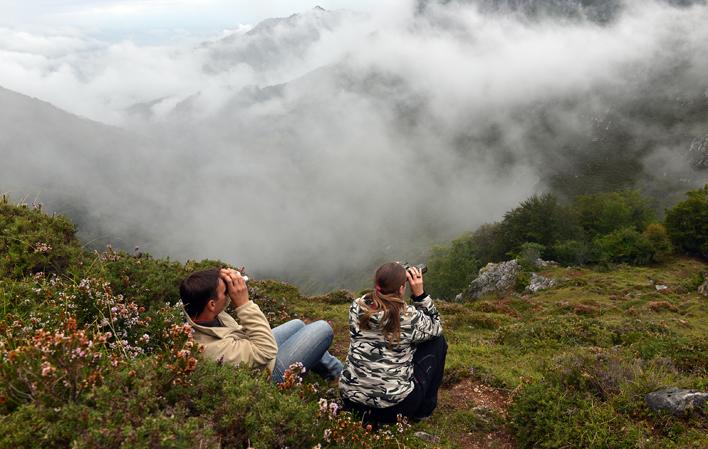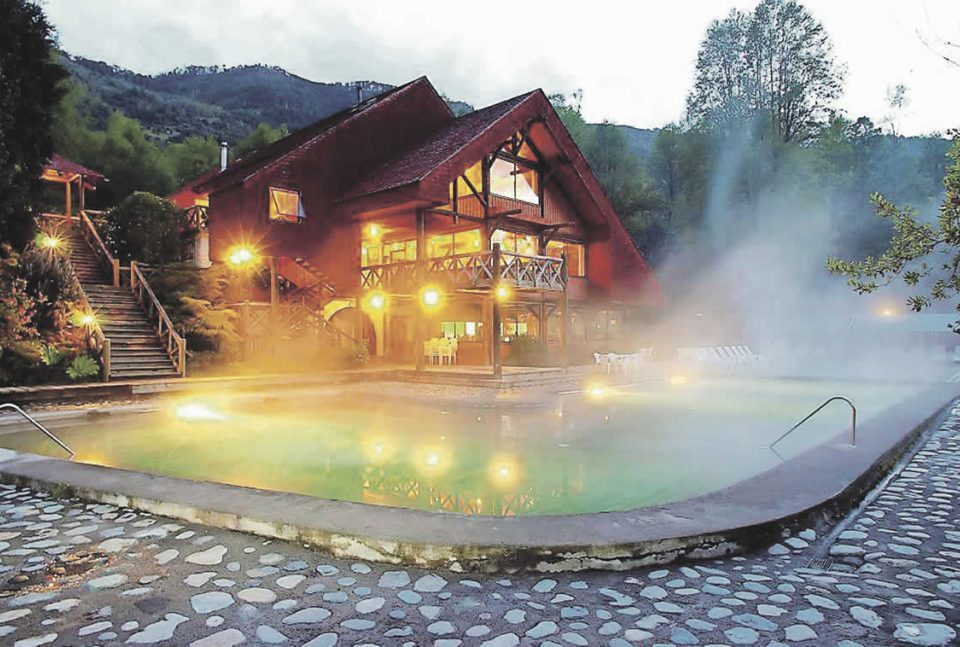Observation of Flora and Fauna

Ride

Mountaineering
As its name implies, it refers to the activity of observing the surroundings full of forests, rivers and glaciers, and the life that inhabits them. Here also the famous Birdwatching is included, that many people practice in the whole world, and that consists of classifying the observed specimens through photographs.
This activity can be developed throughout the national territory, during all the days of the year.
The flora and fauna of Chile is varied, and its members change depending on the latitude. The animals of the North of the Country have feathers and fur according to the climate – very hot in the day and cold at night – and lack of water. As you travel to the south, the coats swell to protect you from the cold and winds, and the muscles develop to be able to travel sumptuous landscapes full of mountains and rivers.
Many of the animals you can see in Chile are species that are not found anywhere else on the planet, which makes this activity a unique experience. A large number of animals in Chile, especially in the National Parks of the South, are under regional, state and global care, since they have been in danger of extinction for several decades.
For this reason, it is recommended that visitors do not come into direct contact with animals and, above all, with their habitat, as they remain alive but in a very delicate balance, which can not be decompensated.
Nature has determined that in these latitudes there are no animals that threaten the lives of humans, such as large carnivores or poisonous snakes. The Puma, the largest predator in the area, does not approach humans and is very difficult to see, even in its natural habitat, since there are very few. Therefore, it is essential that the protected ecological system in Patagonia be respected.
The same happens with the flora, since some species of trees and shrubs are also in danger of disappearing. Therefore, do not start branches or flowers, do not hurt your environment. The most typical trees in the area are coigüe and araucaria, the most important in the country, which takes more than a century to reach the meter in height.
Among the animals that can be observed are the puma, foxes cumpeo, guanacos, ñandúes, two types of deer ‘the pudú and the huemul-, and the flamingo. Further south, near the Strait of Magellan and Antarctica, you can see sea lions, penguins, seals, gulls, dolphins and, above all, whales.


